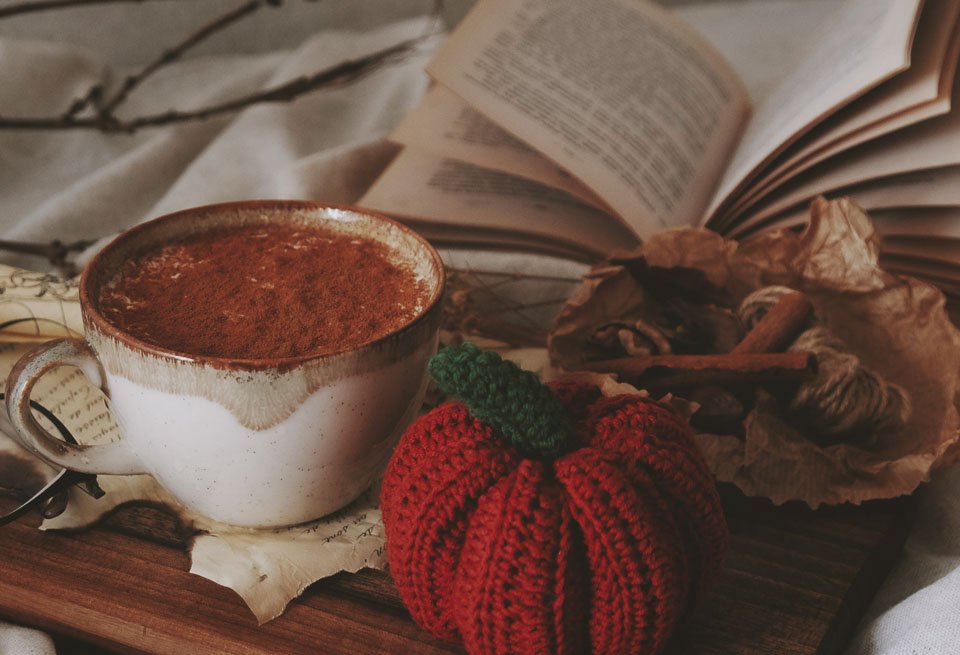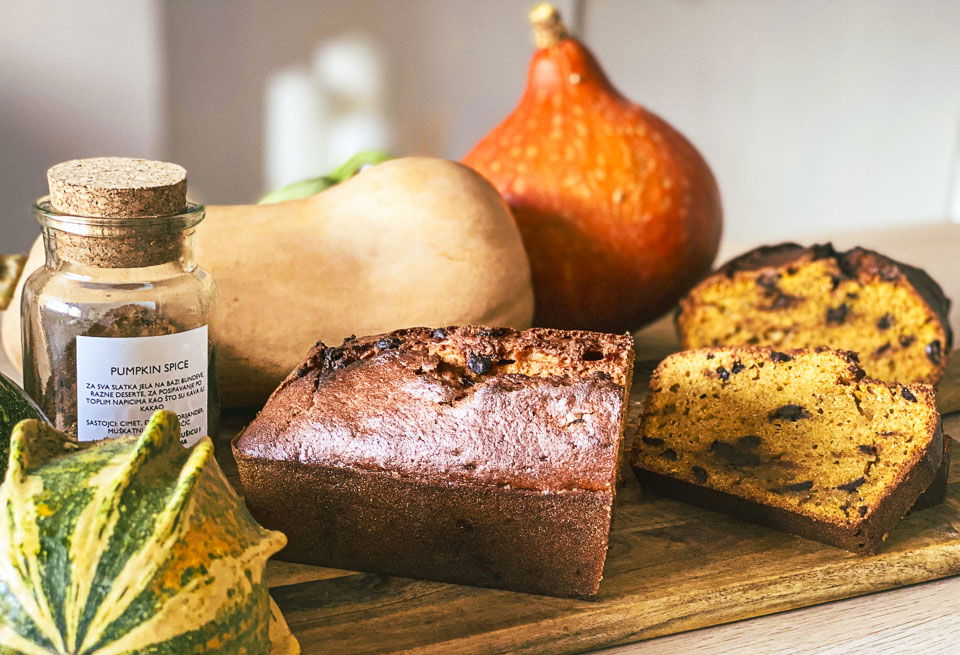
Paprika from Baranja - "Red gold" of Baranja villages
 In addition to kulen and wine from Baranja, recently another product is often mentioned as one of the favorite brands from the villages of Baranja - the paprika from Baranja.
In addition to kulen and wine from Baranja, recently another product is often mentioned as one of the favorite brands from the villages of Baranja - the paprika from Baranja.
Although paprika from Baranja is an integral part of almost every traditional Slavonian-Baranja dish, such as fish stew, čobanac, sausages and kulen - for some reason it often went unnoticed as a separate product and brand.
Almost every village in Baranja between the Drava, Danube and Hungary produces paprika. Most of them are in "Hungarian" villages such as Lug, Kopačevo or Zmajevac. Cultivation and production of spicy sweet and hot peppers is the main source of income for many people in Baranja.
You will recognize a good pepper simply by looking at the color, by the smell and what is perhaps the most important - by the taste. People from Baranja say that paprika should be avoided if you feel the bitterness more than the spiciness.
A legend from the 16th century is also connected to Lug and paprika, which says that during the Turkish conquests, a famous reformer who wanted to reform the villages of Baranja was captured. Since the locals had no money to pay for his freedom, they offered the Turks 100 kilograms of ground pepper, which they accepted and released the prisoner.
The first souvenir from Baranja
On several occasions, the people of Baranja had the initiative to brand this "red gold", but often the initiatives remained at the idea stage. Probably the most successful attempt at branding was made by the cooperative "Ruke", in cooperation with the association "Baranja", which was located in the town of Lug in the heart of Baranja.

Everything started with an EU project, which brought together about twenty unemployed women, as part of which education was organized about the specific way of growing and producing Baranja hot pepper. After completing their education, the women became certified and trained pepper producers - who plant, dry, grind, and pack their own peppers. During their education, they also started their traditional way of producing paprika, and they also came up with the name for this spicy paprika - "Baranjka" - and protected it at the Institute for Intellectual Property of the Republic of Croatia. This spicy pepper is a traditional product grown on Baranja soil, and it is also part of Baranja's distinctiveness. The entire production process takes place traditionally and naturally. The cooperative, in cooperation with the "Baranja" association, came up with the packaging design and thus became the first to present hot pepper as an official souvenir of Baranja.
It is important to note that the goal of the cooperative is not mass production and cooperation with large retail chains. Due to the limited amount of paprika obtained after each completed production cycle, Baranja spicy paprika is best sought at Baranja markets, in producer yards or in specialized stores in certain parts of Croatia, including Harissa stores in the three cities. You can also buy hot and sweet Baranja pepper through our webshop.
Many people think that the limited production of paprika has many advantages because then the main focus will be on the quality. And a real paprika lover will definitely find a way to get to it.
Baranja paprika is also important because of the traditional approach to production. Producers from Baranja continue to nurture the traditional production of hot peppers and pass their knowledge on to new generations, thus preserving the tradition of this rural area between the Drava and the Danube.
Production of paprika from Baranja - planting, harvesting, drying and grinding
 Due to the fertile land in the Baranja area and the agrotechnical measures that every producer must follow, the Baranja pepper has organoleptic properties that are far better than the properties of peppers grown in other parts of Croatia.
Due to the fertile land in the Baranja area and the agrotechnical measures that every producer must follow, the Baranja pepper has organoleptic properties that are far better than the properties of peppers grown in other parts of Croatia.
Planting
The planting of Baranja pepper begins in February when the seeds are sown in styrofoam plates containing a mixture of soil and biological products that meet agrotechnical conditions. About 3-4 seeds are planted in each plate because some may not germinate. The soil is then watered, and the plates are stored in a heated greenhouse where they remain for up to three weeks until the plant begins germinating.
When the plant has leaves, the saucers are moved to the greenhouse and remain there until transplanting, which takes place in mid-May. May is ideal for transplanting due to weather conditions and soil conditions, and the plant has grown and strengthened enough to survive transplanting.
 Harvest
Harvest
Weather conditions greatly affect the production of peppers - if they are ideal from the very beginning of production, without too cold and rainy periods, harvesting is done at the end of August and the beginning of September.
The harvesting of peppers is very specific - the peppers are sorted, and harvested are only ripe and healthy fruits that are dark red along the entire length of the fruit, without damage or sunburn. Damaged fruits are also harvested, but left on the ground. Harvesting should be approached carefully because the branches of the plant are extremely fragile and break easily.
During the harvest, the peppers are stored in buckets, which are then emptied into wooden frames or mesh bags, where they go to be dried, i.e. ripened. Fruits that are dotted with brown and green lines are unripe and should not be picked because they could affect the quality of the pepper, giving it a bitter taste, and it would not have such a specific red color. Depending on the fertility of the year and the weather conditions, up to five harvests can be done on the same area, where after the first one, each subsequent one is done at an interval of seven to ten days.
Drying
The ripening process lasts approximately seven to ten days, and is carried out in an airy, open but covered place. Peppers should not be exposed to direct sunlight, so they are usually hung under the canopies of the house. Drying is done in this traditional way precisely to obtain the quality flavor and color of the paprika.
After the peppers have ripened, the stalks are removed and, if necessary, wiped with cotton cloths. Peppers prepared this way are placed in boxes and taken to dry in a drying room in which the temperature must be maintained between 50° and 60° C. Each drying room must also be equipped with a ventilation system so that the air can circulate and all the moisture is ventilated from the drying room.
In these conditions, the peppers remain for three to four days, after which a semi-finished product is obtained. Before the last step in the production of peppers, there is picking out again - properly dried peppers must be thin, easily broken and crispy.

Grinding
The selected dried paprika is torn into smaller pieces and ground in a stone mill with a sieve with an opening diameter of 1.5 mm. Grinding is done at least twice and before the second grinding the pepper must be cooled.
The grinding quality is checked by trying the ground pepper between the fingers, where no sharp particles should be felt. The finely ground paprika is stored in larger plastic containers where it remains for a couple of days. The containers are then moved to darker rooms where the pepper is occasionally stirred to give it its characteristic color.
The product is ready when the pepper reflects the highest quality in its texture, color and taste.
Latest Recipes
We bring you tried and tested recipes of our favorite dishes, culinary tips, and suggestions on how to best combine spices and ingredients for a complete sensory experience.

Pumpkin spice latte - The finest coffee with pumpkin flavor
Welcome the first days of autumn with the finest homemade pumpkin spice latte drink bursting with the scents and aromas of autumn.

Pumpkin spice and everything nice!
Intoxicating, aromatic, layered and warm!
